NTU tests driverless cars that ‘talk’ to other vehicles
SINGAPORE — A driver could get real-time updates on traffic conditions, while the authorities could detect whether vehicles in the vicinity are speeding or beating a red light.
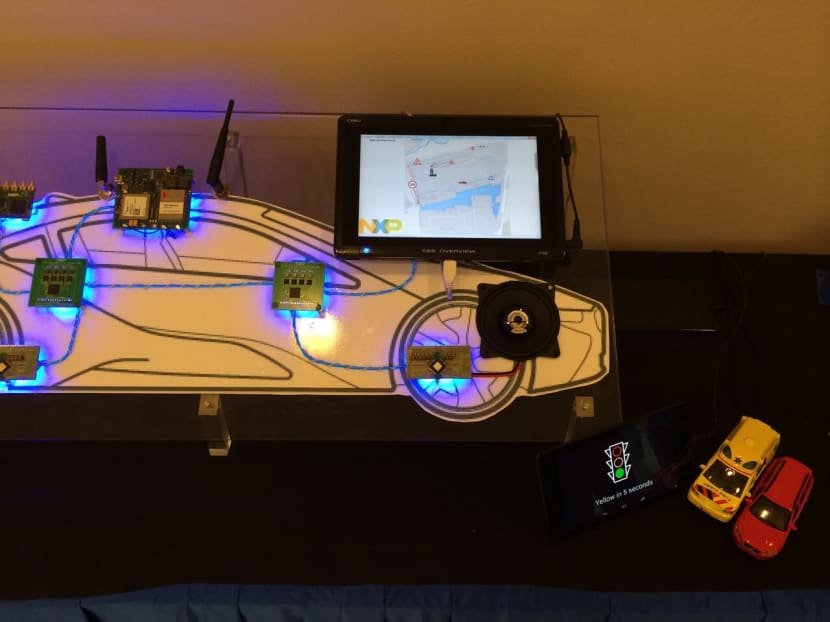
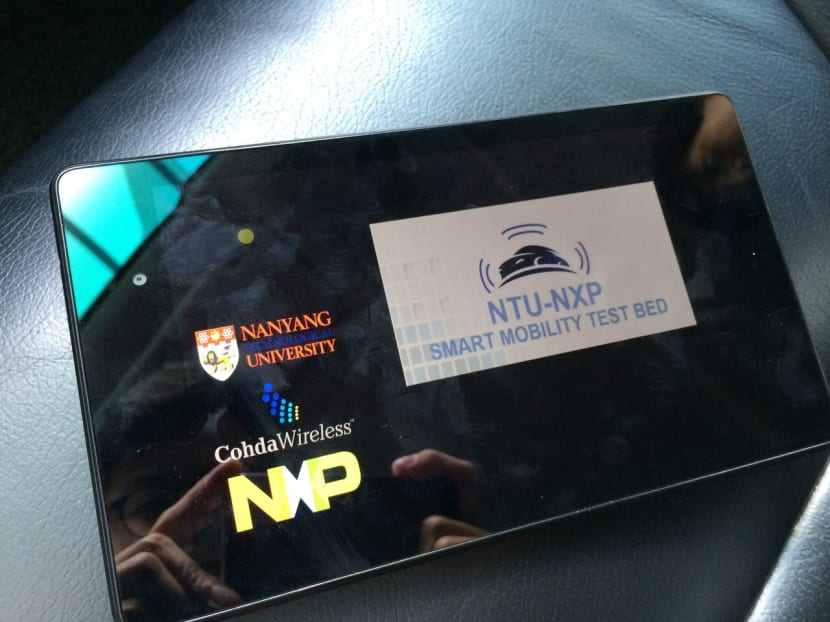
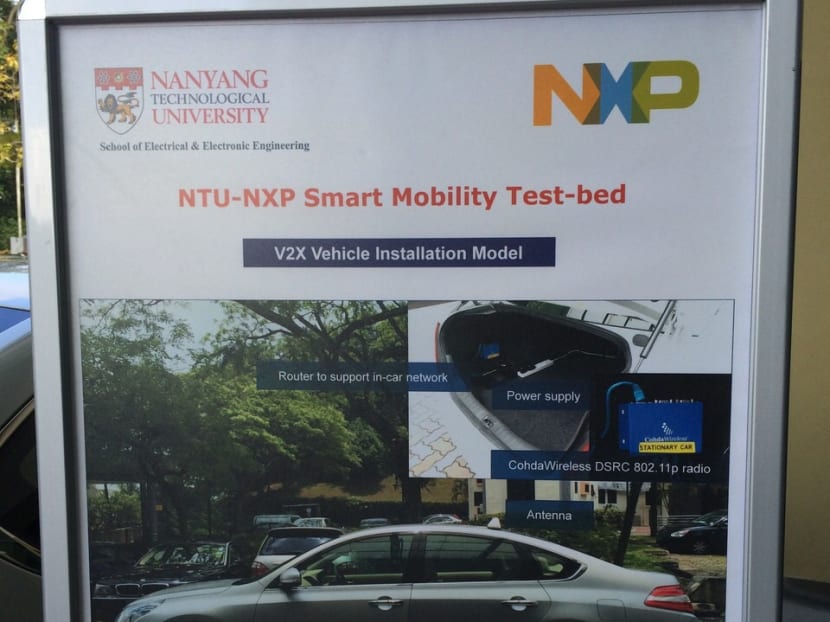
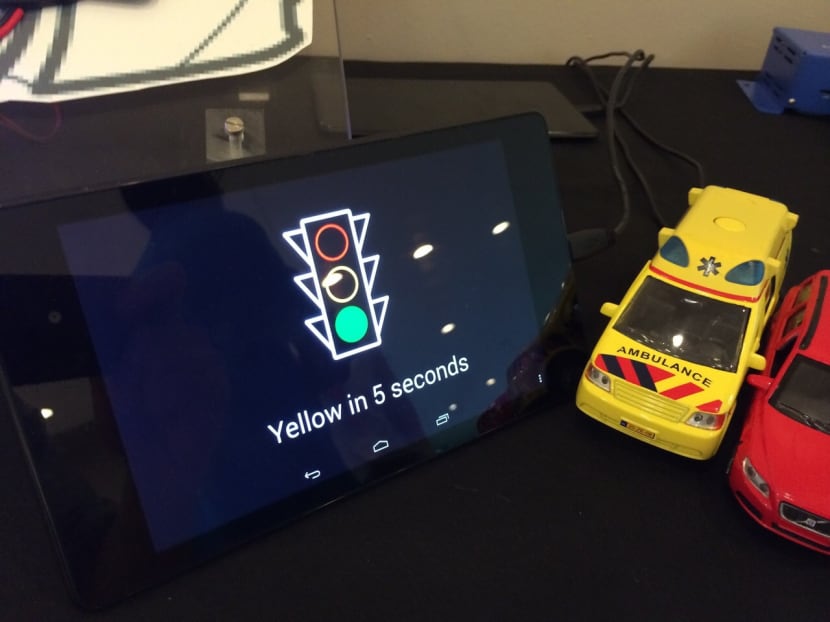
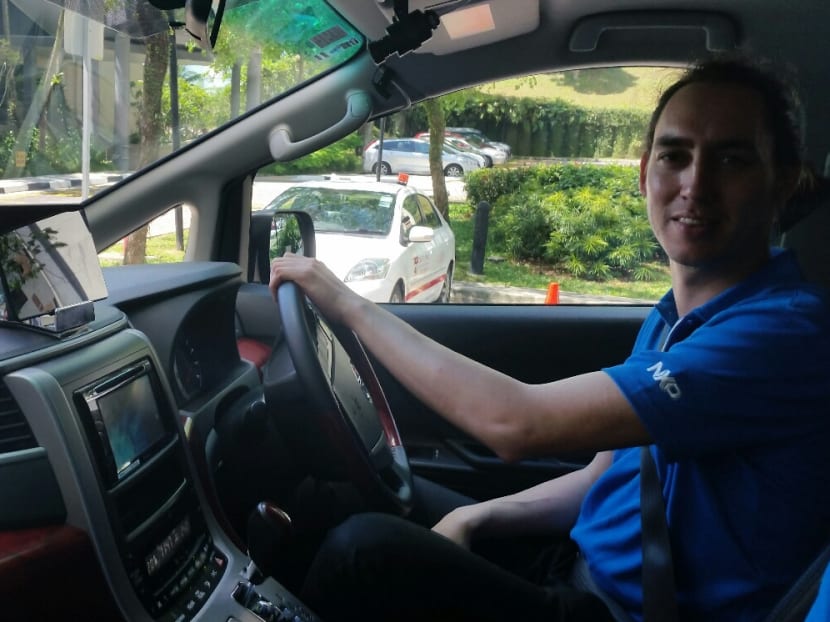
SINGAPORE — A driver could get real-time updates on traffic conditions, while the authorities could detect whether vehicles in the vicinity are speeding or beating a red light.
A test-bed on the grounds of Nanyang Technological University (NTU) is attempting to make this vision a reality: from now until 2018, up to 100 vehicles at NTU will be fitted with equipment allowing the cars to “talk” to each other and with infrastructure like traffic lights wirelessly, paving the way for fully driverless travel in the future.
Such communication, done through Vehicle-to-Everything (V2X) technology on vehicles and roadside units, could allow autonomous vehicles to adapt faster to their surroundings using real-time data.
The project was launched yesterday by NTU and Dutch firm NXP Semiconductors (NXP). The S$22 million test bed, largely funded by the Singapore Economic Development Board, can also help test apps that allow pedestrians to communicate with cars.
The project aims to involve 25 vehicles and 15 roadside units — traffic lights and other roadside infrastructure — with V2X equipment by end-December. By next June, the test bed will be fully operational with 100 vehicles and 50 roadside units. The 100 vehicles, comprising cars owned by selected NTU staff, will ply the roads around the 200-ha NTU campus. Three such vehicles were the first to use the test bed yesterday, receiving data from traffic lights and road signs.
Mr Drue Freeman, NXP’s Senior Vice President for Global Automotive Sales and Marketing, said that autonomous cars undergoing tests worldwide are “not truly autonomous” as they rely on maps and are not adaptable to change, such as changing weather conditions and vehicles coming from places out of its line of sight.
The V2X technology aims to overcome these limitations and allow vehicles to see beyond what cameras and radar can provide, he argued. “You know what’s happening in those other vehicles. You know if they are applying their brakes. You know if they are going to be turning before they turn,” said Mr Freeman.
Besides the test bed, NXP and NTU will be collaborating on seven research areas which are aimed at improving connectivity between the V2X-equipped vehicles.
One of the key research areas would be cybersecurity, said Mr Karsten Penno, NXP’s director of Automative Sales and Marketing for South Asia Pacific. “You need to make sure that whatever signals that come into the car actually originate from a true and qualified source. You need to make sure that the message that comes in hasn’t been tempered with,” he said. Xue Jianyue







